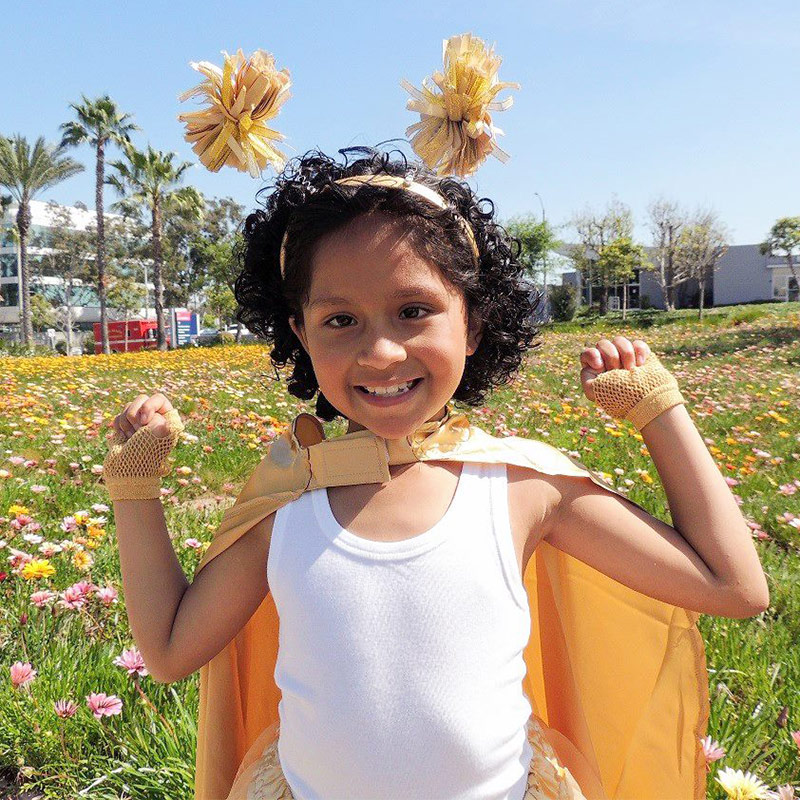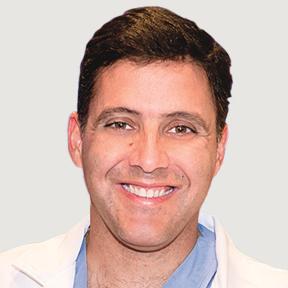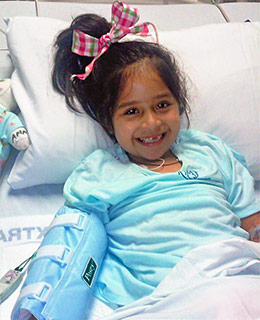 |
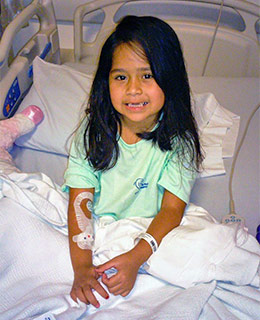 |
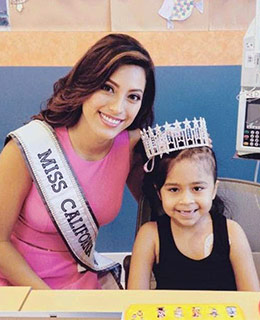 |
Cassandra Romero-Valle, 6-years-old, wasn’t feeling well. Her morning was spent hunched over the toilet because she couldn’t stop vomiting. Her parents, Apolonia and Roberto, rushed Cassandra to their local emergency department (ED) seeing that her condition was worsening.
Roberto rushed into the ED with his daughter’s limp body in his arms. The ED care team jumped into action, checking her vital signs — the body’s way of telling if it’s functioning properly. An examination showed her left eye’s pupil was bigger than the others, a sign that Cassandra’s condition was not the result of a stomach bug — she was fighting something neurological.
Cassandra needed more specialized pediatric care. The care team called the Transport Program at Miller Children’s & Women’s Hospital Long Beach to pick up and transfer Cassandra.
Cassandra was admitted to Miller Children’s on Sunday, May 10 and things moved rapidly to ensure that she received the expert pediatric care to identify and treat her mystery condition.
Immediately upon arrival, Cassandra was admitted to the Cherese Mari Laulhere Pediatric Intensive Care Unit (PICU). After undergoing an Magnetic Resonance Imaging (MRI), a test that utilizes magnetic field and pulses of radio wave energy to make pictures of organs, a mass was discovered in Cassandra’s brain — cancer.
The tumor was in a tricky part of her brain, calling for strategic planning and expertise — in came Ramin Javahery, M.D., medical director, neurosurgery, Pediatric Surgical Center, Miller Children’s. Dr. Javahery approached the surgical removal of Cassandra’s tumor carefully.
As the care team quickly devised their plan of action, cerebrospinal fluid was building up in Cassandra’s brain, requiring a small surgery on the left side of her head to drain the fluid.
By Thursday, May 14, Cassandra would undergo her first biopsy — a surgical procedure that removes tissues or cells to test if a mass is cancerous or not — performed by Dr. Javahery.
Pathology assessed the biopsy and explained to the Romero-Valle family that the results confirmed that Cassandra was suffering from a pleomorphic xanthoastrocytoma (PXA) — a rare, malignant brain tumor that needed to be surgically removed, fast.
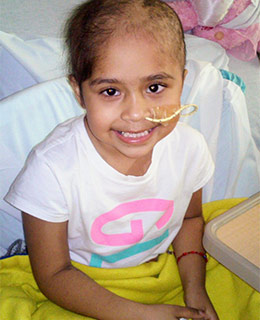 |
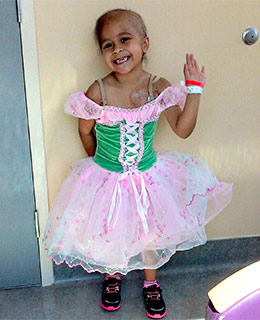 |
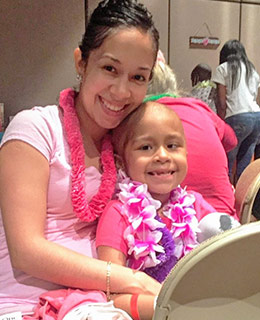 |
Removing the tumor was no easy feat. It was growing in the part of Cassandra’s brain that affected her speech. Removing the tumor was a large risk, that could potentially cause her to lose her speech, but it was one that needed to be taken to save Cassandra’s life.
“My husband and I were so scared of the possible outcome following the surgery, but we knew Cassandra was in great hands with Dr. Javahery,” said Apolonia, Cassandra’s mom. “Once out of surgery, we were told everything went well. Then came the best surprise — Cassandra came out of her surgery talking! She asked when she could paint and color. I was so happy to hear her voice.”
Following the successful surgery, Cassandra was treated in the PICU for one month until later transferred to Jonathan Jaques Children’s Cancer Center (JJCCC) at Miler Children’s for specialized pediatric cancer care.
After two months, Cassandra was able to go home and be treated at JJCCC’s outpatient center and continued to receive regular chemotherapy treatment.
As time went on, Cassandra started getting headaches again. Dr. Javahery ordered another MRI which found that her brain was building up fluid. Dr. Javahery installed a shunt in the right side of her head on Thursday, July 23.
Hospitalized for another week, even this second battle couldn’t keep Cassandra down. Soon she was ready to get home to run, jump and play — making her mom happy and a little anxious.
“Cassandra didn’t want to stay in a bed in bed anymore,” said Apolonia.
“As a mom, every one of her moves made me nervous, but I loved that she was back to her playful self, dancing, singing and just being a kid, enjoying life again.”
Cassandra completed her chemotherapy treatments in December 2015. Today, Cassandra still sees Dr. Javahery for follow-up appointments and to track her progress.
“She’s our little warrior,” said Apolonia. “We want to share her story in hopes that other families in similar circumstances know that they are not alone.”

